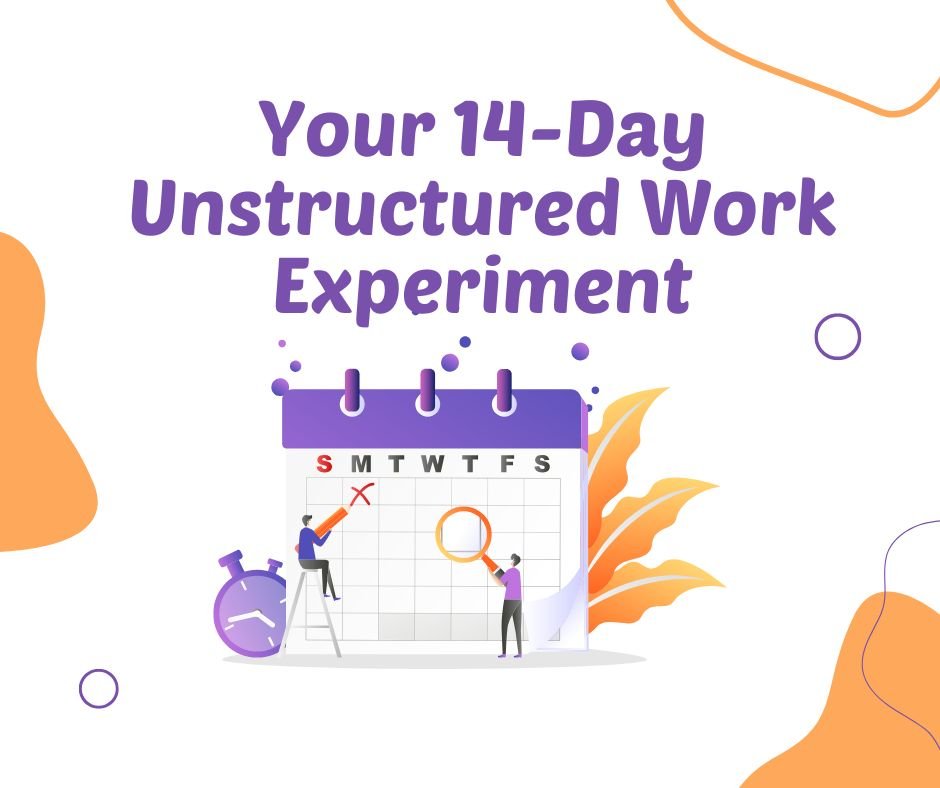For years, we assumed productivity required strict schedules and office oversight. But a surprising trend is emerging: the most productive remote workers are those with the most unstructured time. A 2024 study by Stanford University found that employees with complete schedule autonomy outperformed their 9-to-5 counterparts by 38% on key metrics—while reporting 52% higher job satisfaction.
The Death of the 8-Hour Workday
The traditional work schedule—developed for factory laborers in 1890—makes little sense for knowledge workers. Research reveals:
- Only 17% of remote workers are most productive between 9 AM and 5 PM (FlexJobs)
- Cognitive performance peaks at different times for different tasks (Harvard Business Review)
- Forcing early risers and night owls onto the same schedule reduces output by 28% (University of Oxford)
How Unstructured Time Unlocks Productivity
- Energy Alignment
- Morning people excel at analytical work before noon
- Night owls show 42% more creativity after 6 PM
- Midday slumps become natural breaks instead of productivity crises
- Task-Specific Timing
- Strategic thinking improves after physical activity
- Detailed work flows better in quiet evening hours
- Collaboration thrives during personal overlap periods
- The Autonomy Effect
- Employees given schedule freedom work 19% more hours voluntarily
- Micromanaged workers experience 3x more burnout (Gallup)
The Companies Leading the Unstructured Revolution
1. GitLab’s “Work When You Work Best” Policy
- No core hours
- No attendance tracking
- Result: 92% of employees report peak productivity
2. Basecamp’s “4-Day Summer” Experiment
- Optional Fridays off from May-August
- Result: Same output in 4 days as previous 5
3. Zapier’s “Time Agnostic” Approach
- Meetings banned between 12 PM-3 PM in all time zones
- Result: 67% increase in deep work time

The Science Behind Schedule Freedom
Neuroscience explains why unstructured time works:
- The brain cycles through 90-minute ultradian rhythms
- Forced alignment with artificial schedules disrupts natural focus
- Autonomous workers choose tasks matching their energy levels
A 2024 MIT study found knowledge workers:
- Produce better solutions when working during personal peak times
- Make 39% fewer errors on self-scheduled tasks
- Experience flow states 2.3x more often
Overcoming the “But How Do We Know They’re Working?” Fear
- Shift to Outcome Tracking
- Set clear weekly deliverables
- Measure results, not hours
- Implement “Progress Pulse Checks”
- Brief async updates 2x/week
- Focus on blockers and wins
- Use Productivity Tech Wisely
- Time tracking → Toggl Track
- Project visibility → Asana
- Deep work protection → Focusmate
Your 14-Day Unstructured Work Experiment
Week 1: Discovery
- Track energy levels hourly
- Note when different task types flow best
- Identify 3 schedule constraints to remove
Week 2: Implementation
- Block personal peak times for important work
- Schedule meetings only during natural overlap periods
- Communicate availability clearly

The Future of Work: Rhythm Over Routine
Forward-thinking companies are:
✅ Abandoning fixed schedules entirely
✅ Training managers in outcome-based leadership
✅ Designing workflows for chronodiversity
✅ Using AI to match tasks to individual energy patterns
As the CEO of a fully remote company puts it: “We don’t care when the work happens—we care that it happens exceptionally well.”
Key Takeaways:
- The 8-hour workday is obsolete for knowledge work
- Individual energy patterns trump artificial schedules
- Autonomy increases both output and wellbeing
- Measurement must focus on results, not presence
- The future belongs to rhythm-driven work
The most productive remote teams won’t be those working the same hours, but those working their best hours.

